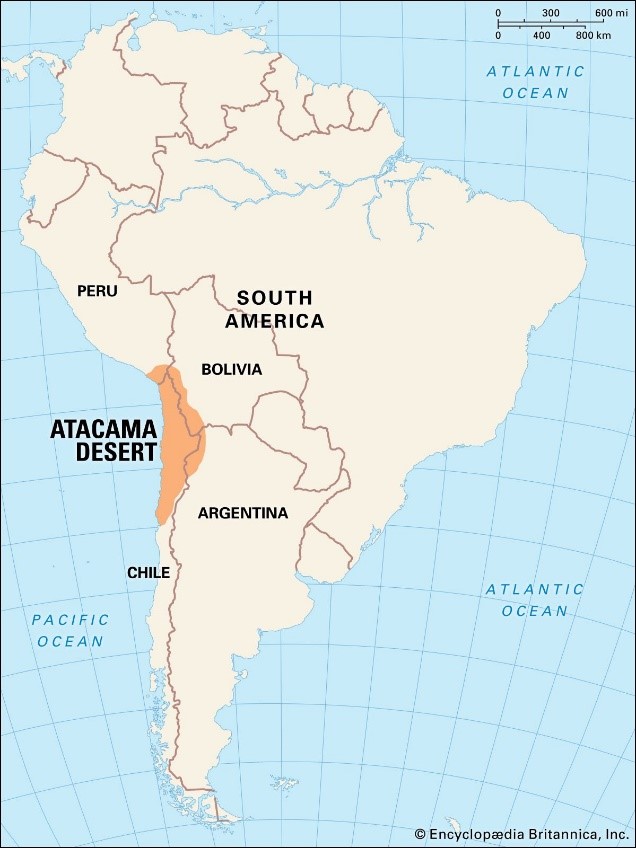The Aam Aadmi Party (AAP) became the ninth political outfit to secure national party status.
AAP as the 9th National Party
The other 8 National Parties in India
References
Atacama Desert
World’s trash piles up at Chile’s Atacama Desert making it the world’s dumping yard.

References
The European Space Agency scientists are developing batteries made of Americium to power space missions.
Current batteries used in space rely on plutonium-238, which is challenging and expensive to produce.
Americium’s advantage over plutonium-238 (Pu-238)
References
One District One Product Initiative (ODOP) is operationally merged with ‘Districts as Export Hub (DEH)’ Initiative.
One District One Product (ODOP) Initiative
References
The Centre stops Maulana Azad National Fellowship (MANF) scholarship for research scholars from minority communities, since MANF overlaps with various other schemes for higher education.
Reference